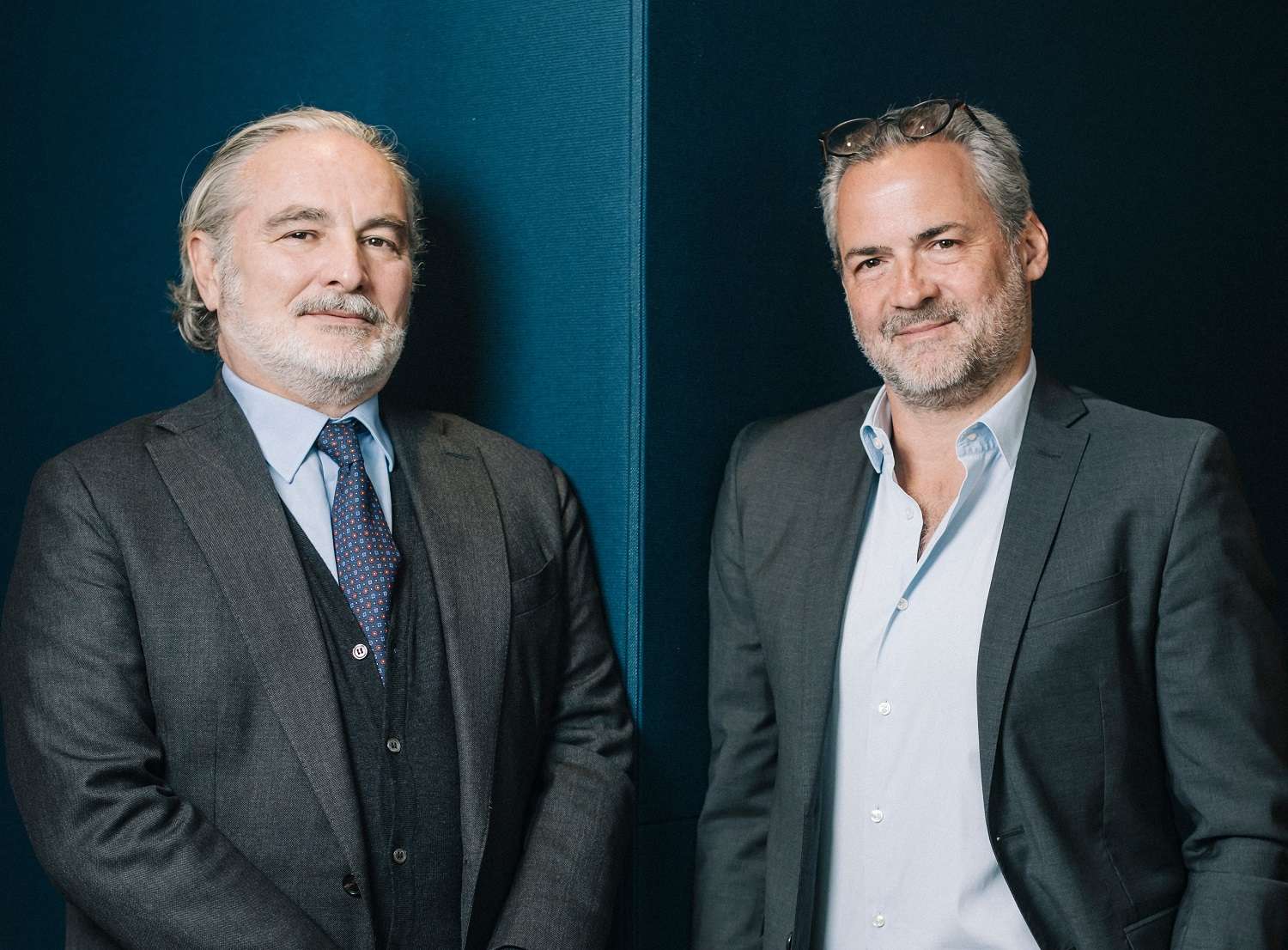The markets, which have been under constant stress in recent weeks, have remained unfazed. In his monthly market review, David Kruk, Head of Trading Desk at La Financière de l’Échiquier (LFDE), gives the latest market buzz and his outlook for the summer.
What David Kruk continues to observe is the composure shown by individual investors. While the stock markets are dancing above a geopolitical volcano, these investors have been subjected to intense stress time and again in recent weeks: the burden of US debt, the budget deficit and the meteoric rise in oil prices, which gained 10% in a few hours at the start of the Israeli-Iranian conflict. They remained zen, as if immune to panic.
Every time the market fell, retail investors bought the dip and the market bounced back to erase its losses. While the uncertainty surrounding the trade and tariff war (the moratorium ends on 9 July) continues to loom large.
“The markets no longer believe in crises,” observes Pierre Puybasset , management spokesman at LFDE.
Since the start of the trade war, Wall Street has nonetheless gained 20% in a straight line. Exceptional.
Not their first dance….
Nearly a third of the orders placed on Wall Street come from these individuals, who are unperturbed by the uncertainties,” says David Kruk, head of the trading desk at LFDE, head of the trading desk at LFDE. This situation is no doubt linked to the experience of these investors, who are not confronted for the first time with the changes and reversals of Donald Trump’s views in the White House. A President who is certainly synonymous with increased unpredictability, but who also pays close attention to changes in stock market indices.
But David Kruk has arguments about the logic of the market rebound. Fears of inflation have receded, as have fears of a recession, which had been feared at the start of the year. With concerns about investor flight, US Treasury bond auctions are once again well oversubscribed. Despite a growing lack of visibility and a series of shocks, published first-quarter earnings were positive, coming in at +13% compared with an initial estimate of 6%. And half of the guidance has been maintained for the coming months. Despite a lack of visibility and a series of shocks, the captains of industry and tech are staying the course. In short, the profits of the major groups continue to grow. Admittedly, earnings growth is expected to be less robust, but will remain above the waterline – up by around 5% – for the next quarter. Course corrections remain limited.
Rate cuts?
As a result, the tech sector indices staged an exceptional rebound, with the Nasdaq approaching a new record at the end of June.
Then two Fed members came out and said they thought a rate cut for September was possible, supported by moderating inflation. Pierre Puybasset points out that Fed Chairman Jerome Powell has voiced fears of a rebound in inflation in the second half of the year due to the impact of tariffs.
Indeed, at the start of the year, many companies would have been in a hurry to replenish their stocks before the tariff hike, but these precautionary stocks are now dwindling.
However, this accelerated rate cut by the ECB, which the Fed is not currently involved in due to the uncertainties generated by Donald Trump’s economic programme, is also leading to a massive injection of liquidity in the United States.
July, a good month, August more uncertain
In this atmosphere, David Kruk remains optimistic for the coming weeks. From a seasonal point of view, July is the second best month of the year for the stock market. US indices have risen 10 times in July over the last 10 years. While corporate share buybacks will dry up under legal obligations with the publication of their second-quarter results starting after 15 July, the number of new issues (IPOs) remains well below its historical average. What’s more, shareholder selling blocks are not excessive. In short, the supply of paper in the market remains limited. As a sign of this aridity, the latest IPOs sold out quickly and soared in the first few hours of trading, buoyed by demand that clearly outstripped supply. This underlines the continuing appetite of investors, which cannot be satisfied without a sufficient number of IPOs.
You can’t change a winning strategy
While the US economy remains resilient, with employment holding up, around 700 billion in dividends are being paid out to shareholders. Private investors have learnt the hard way to navigate the choppy waters of regular stress, by being buyers at every trough.
From a graphical-technical point of view, the 50-day average has just crossed the 200-day average on the Nasdaq, an event that has not been seen since 2023, according to David Kruk. And the last time, the market went up by 50%.
Finally, it is important to note the revival of small caps in Europe. So often heralded and aborted, with a 17% rise in less than six months, this performance outstrips the rise in large caps.
While July may be good for the indices, August may prove more windy. However, we will have to reckon with individual investors who are present at every downturn.
The latest statistic from David Kruk is that equities account for 32% of the wealth of Americans, compared with just 10% of the wealth of Europeans.
The S&P 500 is trading at more than 23 times earnings. Well above its historical average. The only downside.









